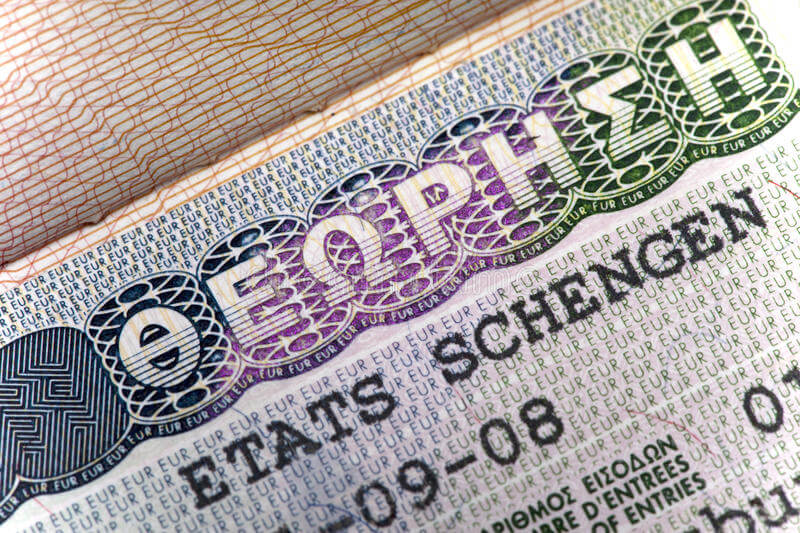On the 7th of June, the European Union (EU) announced in a press release that it updated the rules of travel to fight illegal migration and encourage legitimate travelling. According to these new rules, the Schengen visa fee will increase to € 80 instead of € 60 by next January 2020. This has resulted in many arguments, but what does that really mean to us?
First things first, a Schengen visa is needed when you’re visiting one of the countries in the Schengen area. Those include Austria, Belgium, Czech Republic, Denmark, Estonia, Finland, France, Germany, Greece, Hungary, Iceland, Italy, Latvia, Liechtenstein, Lithuania, Luxembourg, Malta, The Netherlands, Norway, Poland, Portugal, Slovakia, Slovenia, Spain, Sweden, and Switzerland.
The EU council justified the increase by saying that they did this to ensure member states can better cover the costs of visa processing without facing an obstacle for visa applicants.
The press release also stated that it will be made possible for the application to be filled in and signed electronically, and can be submitted six months in advance, and up until 15 days prior to the trip. Before the changes, the submission period was from 3 months to 20 days in advance.
These new rules will allow frequent travellers, with a good Schengen history, to extend the multiple entry visa’s period from 1 to 5 years. The rules, however, in the part of readmission, stated that the conditions of visa processing depend on how cooperative the country is with the EU. This cooperation will reveal whether certain measures in the visa processing laws, like the fee itself, or the length of validity of visas issued, would be strict or more generous.
What do you think about the newly updated rules? Share your thoughts with us!
_______________
By Yara Tarek





